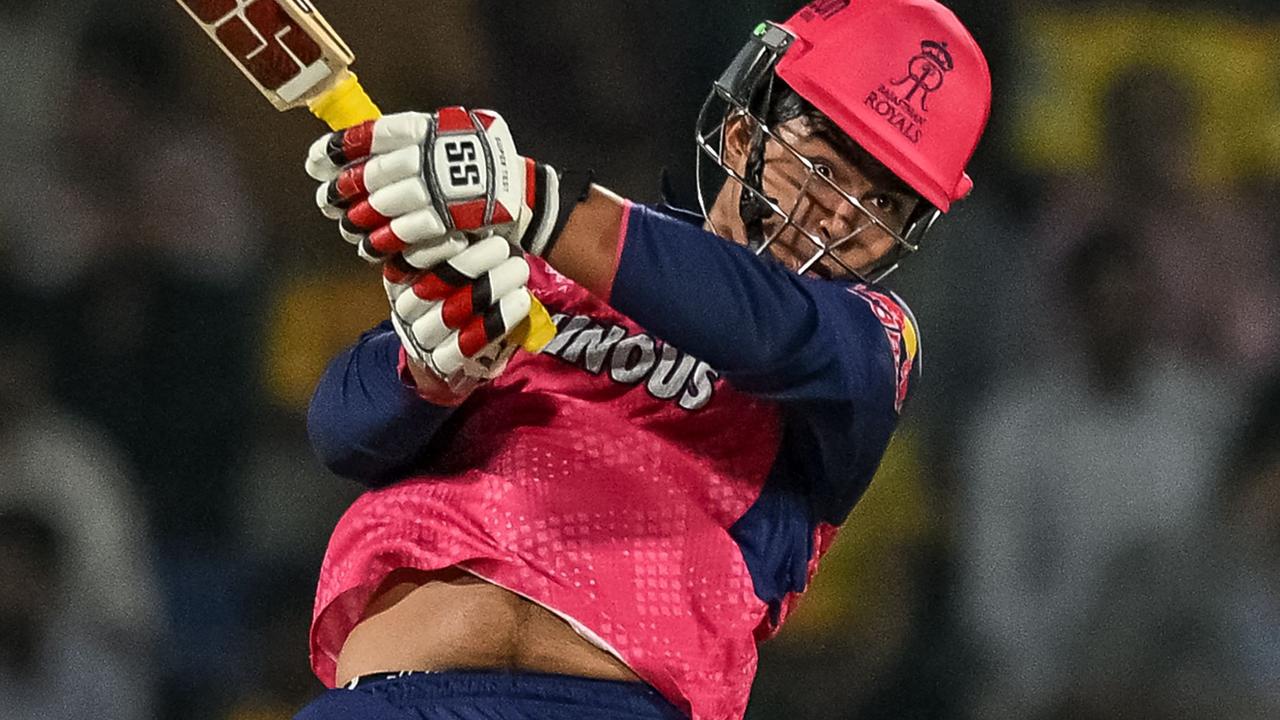First Test: Australias at pains to let NZ suffer dread of twilight zone
Lockie Ferguson is one of international cricket’s brightest prospects.

In Adelaide, it was Pakistan who were subjected to pink ambush beneath the lights. On Friday night in Perth it was New Zealand who succumbed to a trap obviously but sedulously laid.
In the middle session of the second day of this first Test, time stretched, as though under the influence of the sapping sun, although mainly because of Tim Paine’s clear schedule.
Paine himself spent a painstaking 105 deliveries over 39 — a variation on the popular trope of “batting with intent’’, for the purpose was to delay New Zealand’s first innings until the cool of the evening and the glare of the floodlights.
Paine was Australia’s last man out, caught down the leg side, almost on the buzzer. By the time New Zealand’s openers emerged, drained and leg-weary from five sessions in temperatures between 35 and 40C, the vertiginous stands cast a dappled light over the pitch that within a few overs had stretched across almost the entire playing arena. Not that they lasted that long: Tom Latham failed to ride the bounce, Jeet Raval to defend his block; both could have done with playing straighter.
New Zealand finished their previous Test ten days earlier on a pitch where the ball barely rose above waist high, and where Kane Williamson and Ross Taylor chugged along for four and half unbroken hours before the rain settled things. From the heavens in Perth, ash is likelier to descend. Mitchell Starc and Josh Hazlewood, meanwhile, were bowling smoke.
After eight deliveries, however, Hazlewood felt for a left hamstring, as Lockie Ferguson on Thursday had felt for a right calf. It was a bitter blow that had a touch of cosmic justice, potentially evening the contest to between teams of ten.
It also added to a conversation stimulated earlier in the day by the shrewd Michael Vaughan, who called for a protocol on injury the same as has been introduced this year for concussion, allowing for a mid-game substitution in the event of injury. In the court of public opinion, aka Twitter, he opined: “Independent doctor on site ... He assesses the player ie like Ferguson now in Perth ... If he deems the injury to be real ... a replacement can come in.’’ The problem with such a system is not far to seek.
With the potential penalty reduced, how would you ensure that teams were not including half-fit bowlers effectively on spec? Because bringing a fresh bowler in halfway through a match would be such an advantage, it seems something all too likely to be gamed.
But Vaughan is right to identify the problem that such imbalances are likelier in an era of incoherent schedules and multiple formats entailing hugely discrepant bowling loads.
This was only the third time in the last year Ferguson had bowled as many as eleven overs in a match.
Since the end of November 2018, he had played only two other first-class matches; otherwise 12 twenty-over and 21 fifty-over fixtures.
There is only so much sports scientists and strength/conditioning coaches can do to quality certify a cricketer in advance. The proof of the pudding is in the bowling — and here it was lacking.
Test match cricket is also far likelier to be thrown off balance, because it is longer, harder, and the loss of a player is so injurious to one side or other. The solution would be a sanity around the rhythms of a tour and a season, that treated Test matches with the respect and deference they deserve. But appealing for sanity in this context is like appealing for calm in a burning theatre. Everyone in cricket’s already charged for the exits.
The experience of Ferguson and Hazlewood enhanced one’s admiration here for the days’ other bowlers. Tim Southee did what he has done for New Zealand for almost a decade, plugged away on probing lengths at brisk pace. Colin de Grandhomme, guarding his own abdominal tear, grudged fewer than two runs an over.
There can hardly be a more visibly whole-hearted cricketer than Neil Wagner, in the sprint of his run, the surge of his action, the smack of his high-fives when he takes a wicket —which could almost be heard as he celebrated bowling Marnus Labuschagne round his legs yesterday.
Starc then continued his summer’s fine progress, used considerately by Paine in an opening spell of only four overs, swinging the pink ball sharply, hitting shoulders of bats and shoulders alike. The Australians eyed off Williamson’s jerky defence, Taylor’s low hands and their occasional skittish running; they missed a trick only when a Williamson edge went undetected except by the supersensitive ears of the audio track and its flesh and blood counterpart Steve Smith.
In Hazlewood’s enforced absence, Australia’s captain was quick to explore his options: Matthew Wade bowled the innings’ eighth over, Nathan Lyon its twelfth. Gradually the senior New Zealanders restored a sense of calm to the innings, each playing pristine cover drives to Lyon. The zone of enhanced safety at about 30 overs when the pink ball softens beckoned.
It was hard yakka for scant reward, as night shifts often are. And as the lights burned late over Perth Stadium, for the Black Caps it could hardly be uneventful enough.



Night shifts are historically tough, lonely work, the realm of cleaners, caregivers and cops. Batsmen are starting to feel about them similarly.